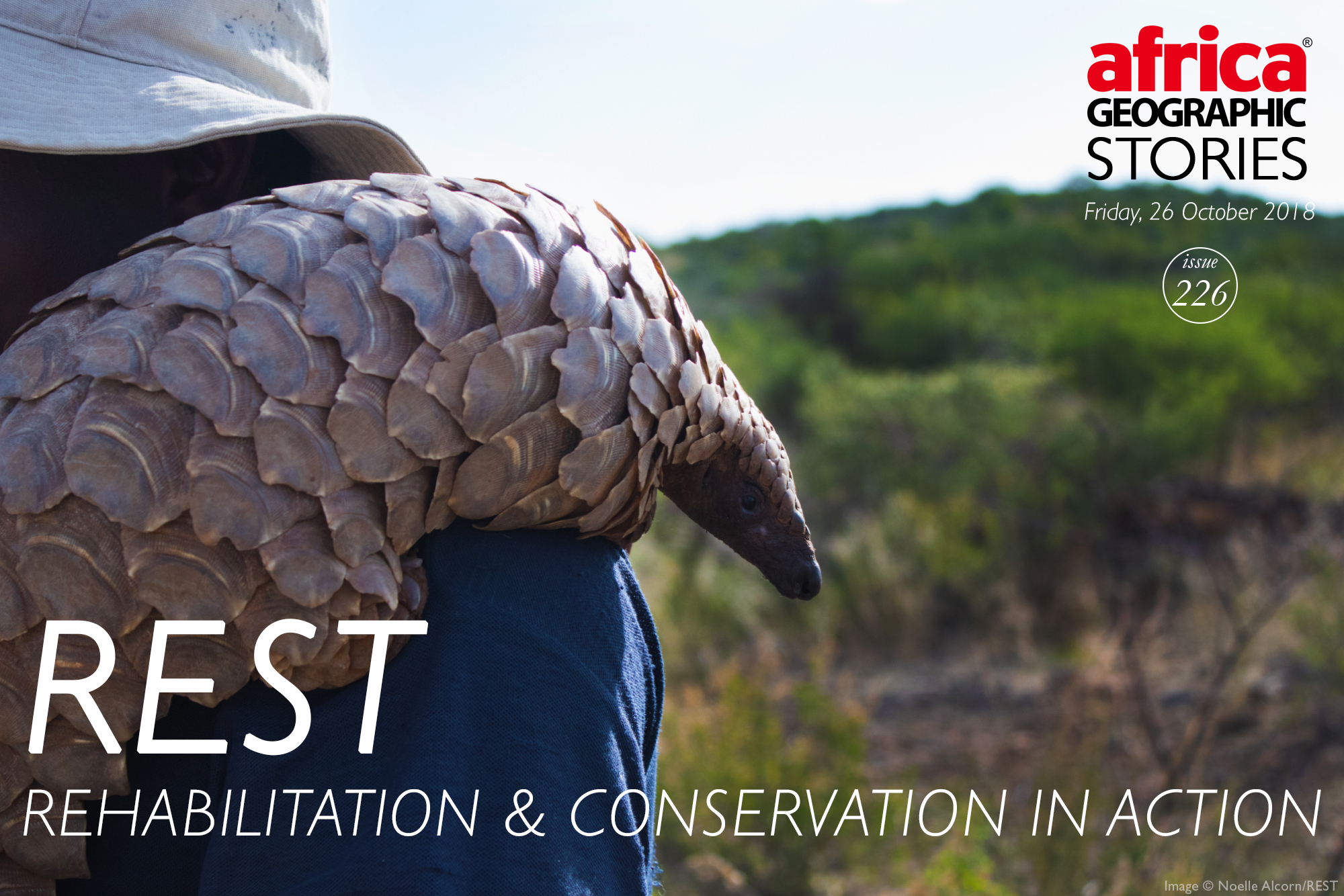
The trials and tribulations of running a wildlife rehabilitation centre


The morning sun was starting to make us sweat as we sat on the ground in a circle and waited. There wasn’t a breath of wind as small puffs of pale-yellow dust rose into the air, kicked up by four inquisitive creatures who were making their way towards us. Slowly but surely, they got within arm’s reach as grunts, squeaks, oinks and sniffling filled the dry Namibian air. Before we knew it we were surrounded by four adorable young warthogs, their tails swinging wildly as they came to investigate the new visitors to their home, with one warthog eyeing me out with particular interest…
It’s not often you get to say that you have been pushed over by a curious warthog, his knees jabbing into your chest as he makes his way to your face, snout leaving muddy ‘kisses’ on your neck and cheek… and all the while a lone meerkat looks on big-eyed from a nearby rock, as the curious and friendly warthogs entertain us with their antics.
As amusing as this would be if it were a cut scene from The Lion King, it was, in fact, something that happened while visiting REST – the Rare and Endangered Species Trust – in Namibia, where I had the pleasure of meeting ‘Monte’ the warthog, along with his adopted siblings; ‘Dexter’ the meerkat; and a host of other wild animals in need of care and rehabilitation.
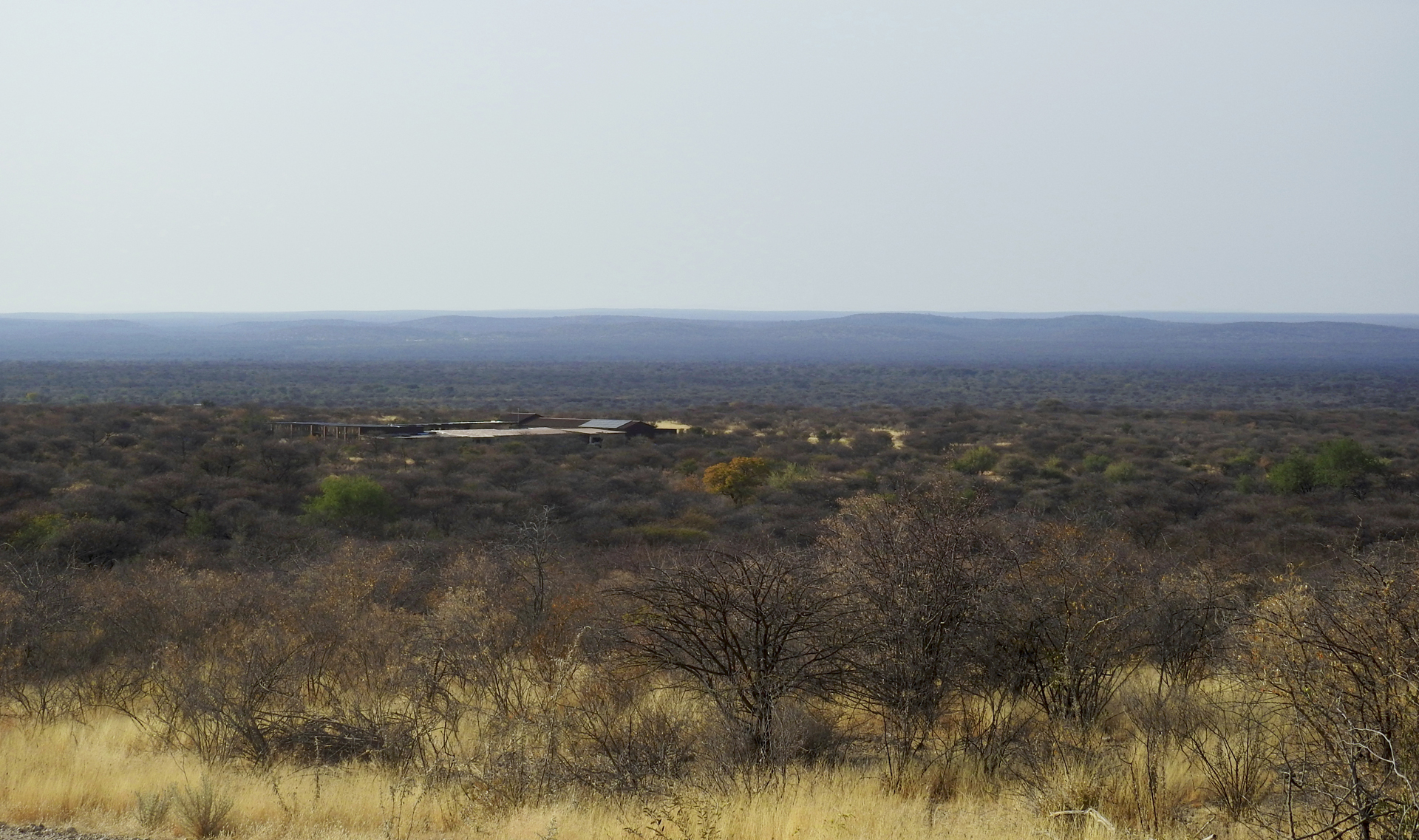
REST is a non-profit organisation founded in 2000 by conservationist and animal rehabilitator extraordinaire Maria Diekmann. She, along with her hard-working team, aims to bring attention to some of the most misunderstood and endangered animals in Namibia.
Initially, they began by helping only Cape vultures, but after a few years, it became apparent that there were a few species that needed specific support in Namibia. Now their research focuses on the ‘Forgotten Five + 1’ – the African wild dog, Cape vulture, Damara dik-dik, dwarf python, spotted rubber frog, and the pangolin.
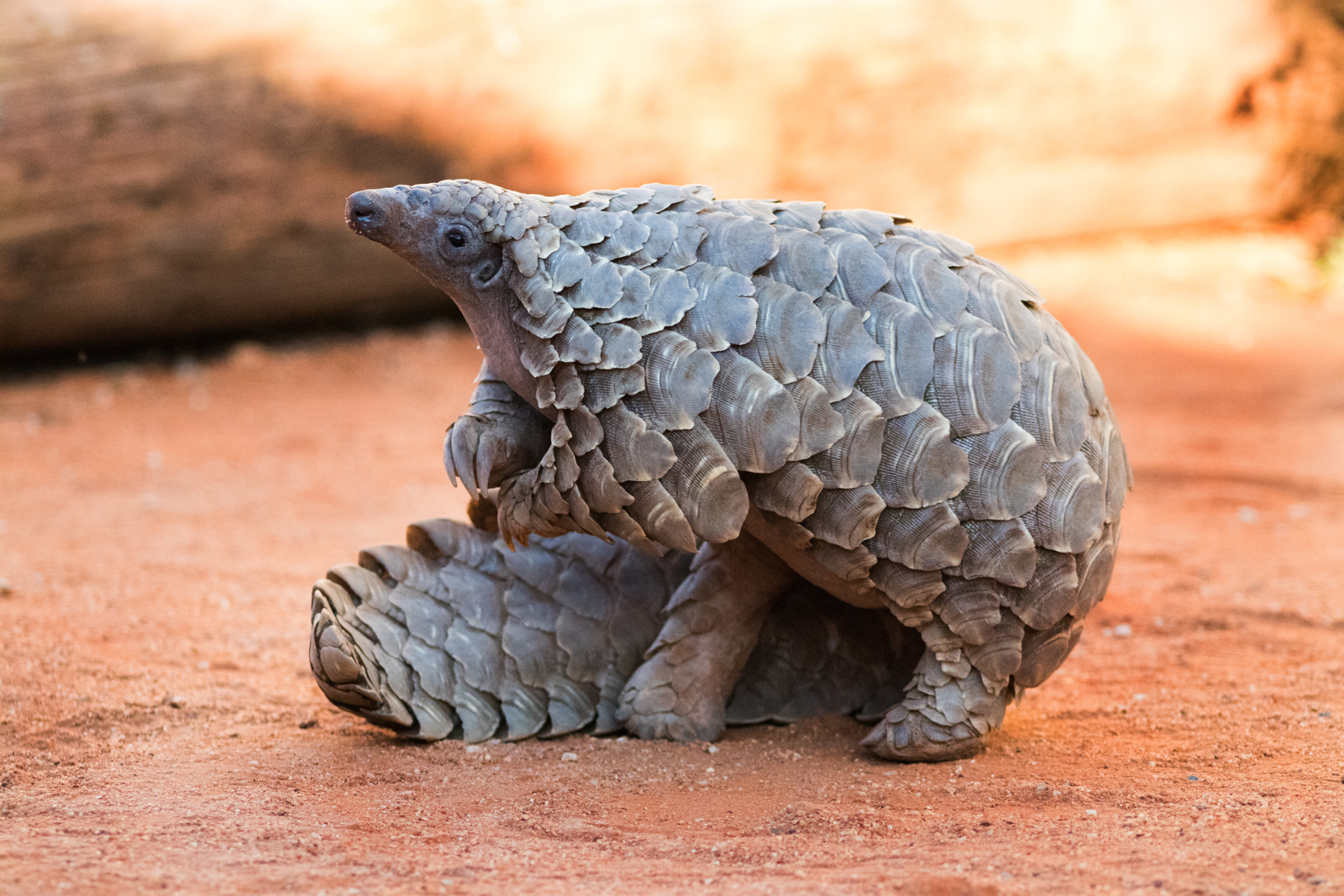
The warthog encounter occurred during one of the daily tours that REST offers, where visitors are shown around the centre with the possibility of meeting wild animals that are currently being looked after. One of REST’s key beliefs is that all animals that arrive should be released back into the wild if possible. Visitors to REST cannot be guaranteed to see specific animal species at the centre, as young or injured animals at the centre may be there one month, but the next month could have been returned to the wild.
The warthog orphans were raised by Maria and her team, having been rescued when they were just piglets. They were rewilded some time ago, and are now free to roam, but occasionally come back to the centre for a visit – and it was just luck that I happened to be there on the day they visited.
And of course, there is Dexter the meerkat. He was rescued as a baby and was raised at the centre until ready for release. However, because meerkats are sociable animals and there are no other meerkats around, Dexter decided to hang around and adopt Maria and her team into his colony. He disappears into a burrow at night, but prefers the company of humans during the day and often is found following the team around as they go about their daily activities, chirping away in typical meerkat fashion.
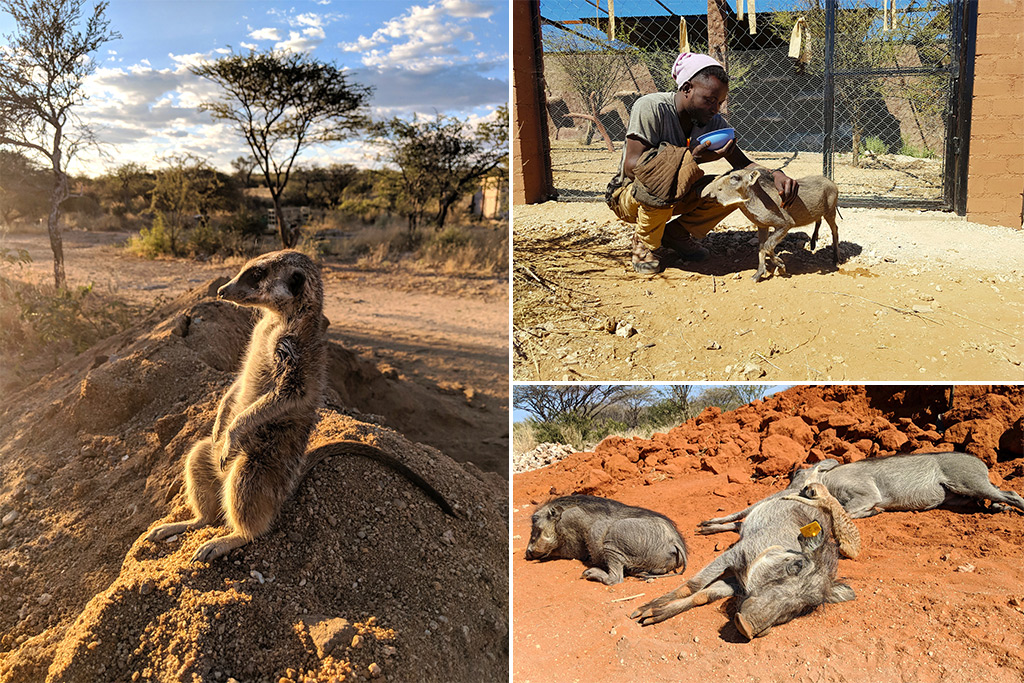
There are a few non-releasable animals at the centre, such as birds of prey who are unable to fly. Walking into the expansive aviary, visitors can meet two non-releasable Cape vultures and spotted eagle-owls, a bateleur, tawny eagles, and a couple of tortoises (which Maria hopes will eventually be released).
While inside the aviary, Maria explains to the visitors the plight that vultures face, and how REST was in 2004 the first in Africa to fit a satellite tracking unit on a vulture. From there, RESTs satellite successes grew to eventually having tracking on six Cape vultures and one suspected hybrid – all for research and conservation purposes.
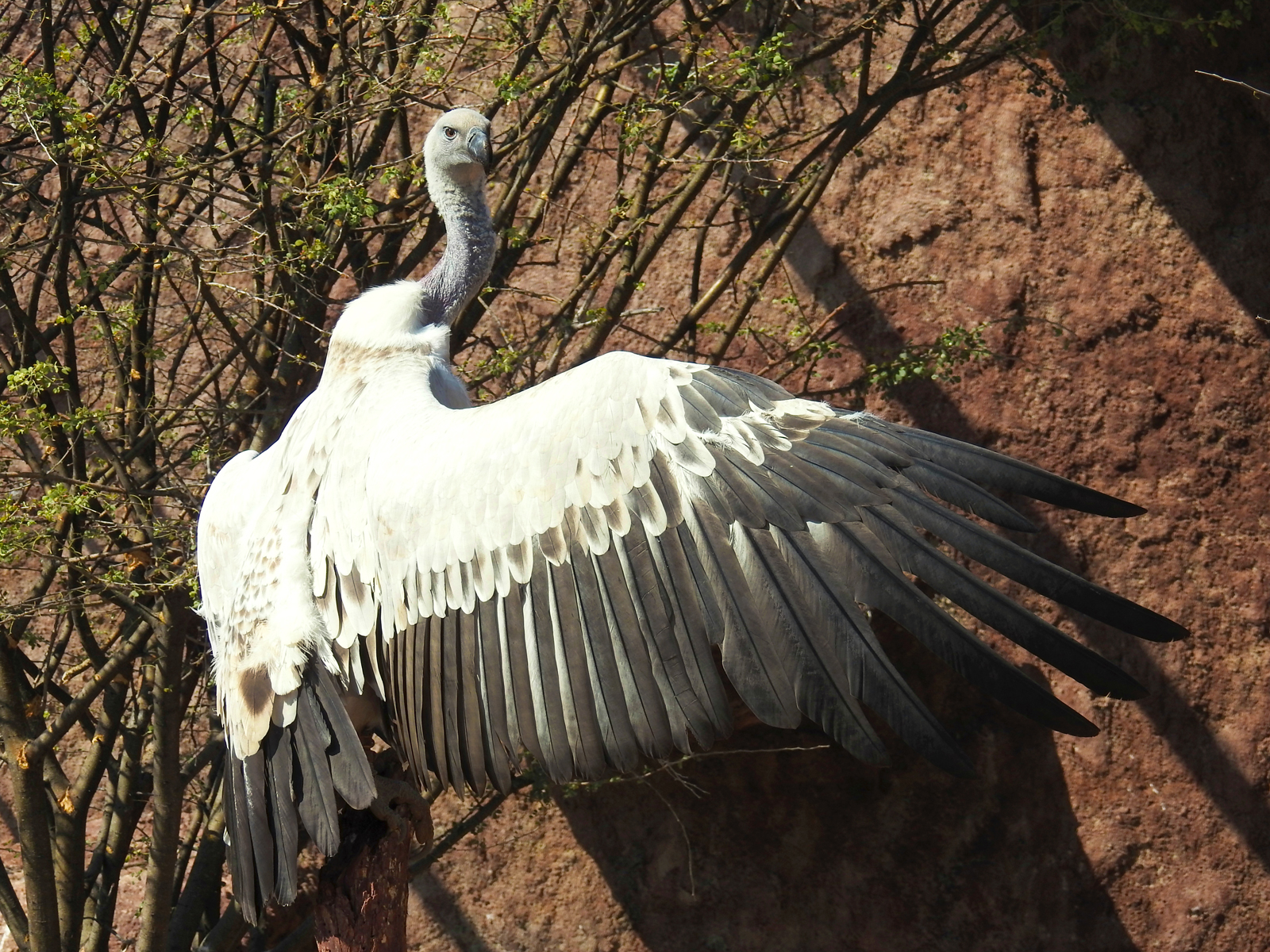
Vultures are endangered because of poisoned bait, dropped by cattle ranchers in their bid to wipe out jackals, and by elephant and rhino poachers, who have caught on to the fact that vultures circling a recently killed elephant or rhino can alert law-enforcement officials and game rangers that poachers are in the area – so they leave poison on the carcasses to kill the vultures. Read more about why vultures are under threat.

When asked about the highlights of running a rehabilitation centre, Maria replied:
“Rehabilitating a bird. Taking it outside. Letting it go and watching it fly off. And I can raise that bird or rehabilitate that bird for a year, feed it every day, love it and have a name for it and people ask how could you possibly let it go? But you know what? That bird loves you, and you love it. And knowing that is all that matters.”
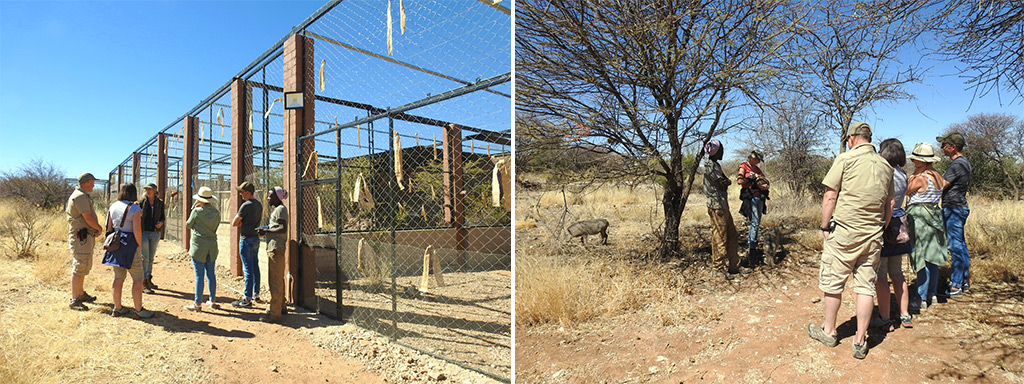
ENDANGERED PANGOLINS
When visitors book for a tour, REST lets them know that they cannot guarantee that they will see certain animals or species due to the unpredictable nature of wildlife, though these days 95% of visitors come in the hope of seeing a pangolin.
At present, it is believed that REST is the only centre in the world open to the public where baby Cape pangolins have been raised successfully and monitored until prepared for full release.
A few pangolins have come through the doors of the centre, such as Roxy and her son Katiti – who after three years of preparation, was successfully released back in the wild. Read more about this mother and son duo here.

But there is one particular pangolin that has stolen the limelight and has become the poster pangolin for REST: Honey Bun.
Maria found Honey Bun, or HB for short, in 2015, when she came across her severely abused mother. Honey Bun suffered no damage whatsoever, thanks to her mother’s protection. However, her mother was so traumatised that she escaped during rehabilitation, and Honey Bun has been in Maria’s care ever since.
Honey Bun shared stardom with one of China’s most famous women, actress and model Angelababy, in a WILDaid campaign clip that attracted 25 million viewers in the first 24 hours of release. Recently, Honey Bun was the star of the BBC wildlife documentary Pangolins: The World’s Most Wanted Animal, narrated by Sir David Attenborough, which was shown earlier this year.
Meeting Honey Bun in person was a surreal moment for me, and I was lucky enough to walk in the bush with her and Steven, a pangolin handler at REST.
Accompanying us was volunteer researcher Saskia, who follows Honey Bun every day during her walkabouts without disturbing her natural behaviour – taking notes and learning essential facts about pangolins, such as their diet, territory, interaction with other species, etc.
Honey Bun can walk up to five hours a day as she forages for ants and termites, and wherever she goes, the handler and researcher have to follow – even if it means scrambling through and under thorny acacia bushes. Only when I was faced with a wall of thorns, did I understand why I was told to wear old clothes for the walk. I did not come out unscathed, with my shirt and jeans subsequently sporting a somewhat ‘holier’ look than before.
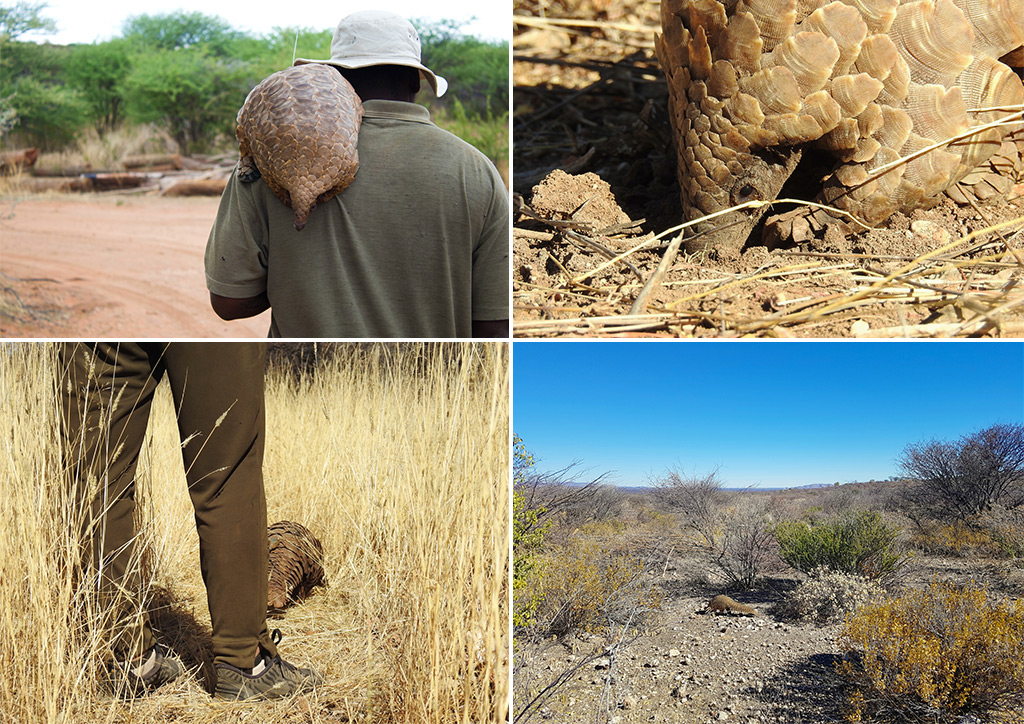
One of the challenges when dealing with pangolins is the lack of research and information out there to help with care. As Maria told me, with vultures there are established protocols about how to treat poisoned individuals, but with pangolins, there is no available information on the topic of rehabilitation.
“The hardest by far is losing a pangolin because there is no information available about that particular circumstance,” Maria shares with me. “So we have this constant pressure to figure everything out as quickly as possible while operating in the dark, and that is hard to face because we sometimes feel disempowered and helpless – nobody likes to feel that way.”
The one silver lining in all this is that REST is making an effort to learn as much as they can with every pangolin that they care for, teaming up with researchers to work out ways to monitor and study these incredible creatures in their natural habitat, and through this build up their knowledge and expertise in pangolin care and rehabilitation.

REST doesn’t want to disappoint when visitors come in anticipation of seeing a pangolin, but wanting to satisfy visitors’ curiosity cannot under any circumstances be to the detriment of that pangolin. It is of vital importance to REST that visitors realise that they are not a zoo. Expectations should be to learn about the various species they focus on, and if lucky to see a pangolin firsthand.
Honey Bun lives by her own rules, and schedule and the team work around her, and Maria briefly showed her to us while providing various facts about pangolins – from their physiology and diet to conservation status and threats – before taking her back to where she rests during the day.
REHABILITATION, EDUCATION AND TOURISM
REST’s primary aim in being a good wildlife centre is to practice good conservation first. Maria feels strongly that although research and education are key, conservation of a species must take priority.
Maria says that one of the challenges faced when running a wildlife rehabilitation centre is trying to find that very fine balance between fundraising and conservation, research and education. The centre needs revenue from tourism to be able to pay its costs and be sustainable, “and yet…” she says, “you must be very careful not to cross the line and be all about the money, or to be perceived as such”.
“I’d rather see an animal in the wild than in captivity,” Maria goes on to say. “But there are times when you keep an animal in captivity for its health or welfare. Some animals are not releasable if permanently injured, and some don’t want to be released and have problems on a psychological level.”
One example Maria provided was that of an owl that she has tried to release about 30 times at various locations, but the bird keeps returning to REST and now prefers the comfort of his aviary.

Two visitors, I met at REST were JP and his sister Carla, who were visiting from South Africa to see if they could help to promote the centre, and pangolin conservation. I asked them their thoughts on REST and Maria’s efforts with wildlife rehabilitation and conservation.
“The commitment – it’s so inspiring to see someone commit their whole life to a higher cause. REST is such an amazing cause, I now want to do more to help,” Carla tells me.
JP adds to Carla’s sentiment: “It’s great to see someone fighting for the underdogs. This is not the glamorous ‘save the rhino’ deal, this is about the forgotten and often ignored species. Maria’s selfless efforts are incredibly inspiring and helping those who can’t help themselves is near to my heart. So I think they’re doing fantastic work at the centre.”
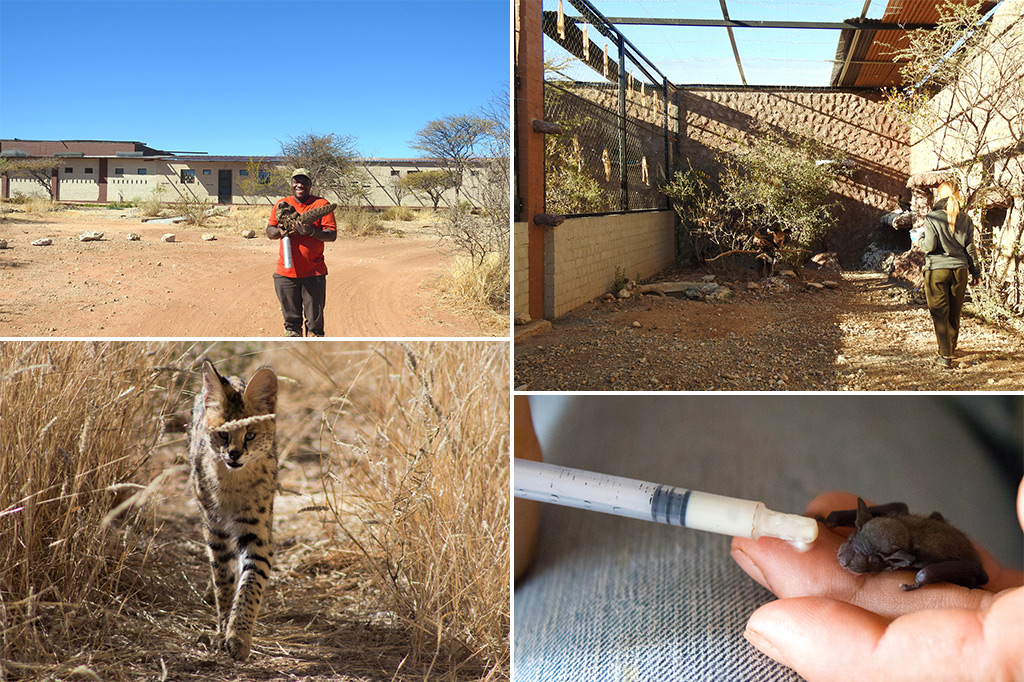

THE REALITY
Many wild animals have come through the doors of REST and have been released back into the wild – from owls to pigeons, tortoises, warthogs, pangolins and dik-diks.
But the joys and elation of successful reintroductions are tempered by heart-breaking moments…
Not two weeks had passed since my visit when poachers brandishing pangas raided the burrow where the warthogs live. The eldest warthog, Missy, has not been seen since and is presumed killed for bushmeat. Monte and Madeline were injured, and Matilda managed to escape unharmed.

It was incredibly difficult for me to hear the news of the attack on the warthogs, having just met the four young orphans. Almost every day in my job, I am faced with news about various accounts of wildlife poaching, and I’ve learnt to tuck those emotions away and get on with the job of reporting. However, this attack was hard to swallow, and I found myself thinking how strong Maria and the team at REST must be to be able to handle heartbreaking situations where their former patients are injured or killed, after having worked so hard to release them back into the wild.

THE SILVER LINING
Maria is a strong, resilient person, relentless in her drive to rescue, rehabilitate and release wildlife. She is someone to be admired.
And the team behind her are just as impressive as they go about spreading the word, fundraising, looking after injured animals and constructing buildings to help house future patients.
Before I left to return home, I asked Maria about her ultimate goal for REST. And she once again demonstrated her unwavering determination and dedication to wildlife conservation, saying:
“Watching that rehabbed pangolin walk off into the bush as a wild animal is the ultimate high for my team and I. But as far as ultimate goals are concerned, imagine if we could keep tracking that pangolin from a computer at REST – and so contribute meaningfully to growing the available information about this special animal. Now THAT would be amazing, and surely that is the ultimate goal.” ![]()
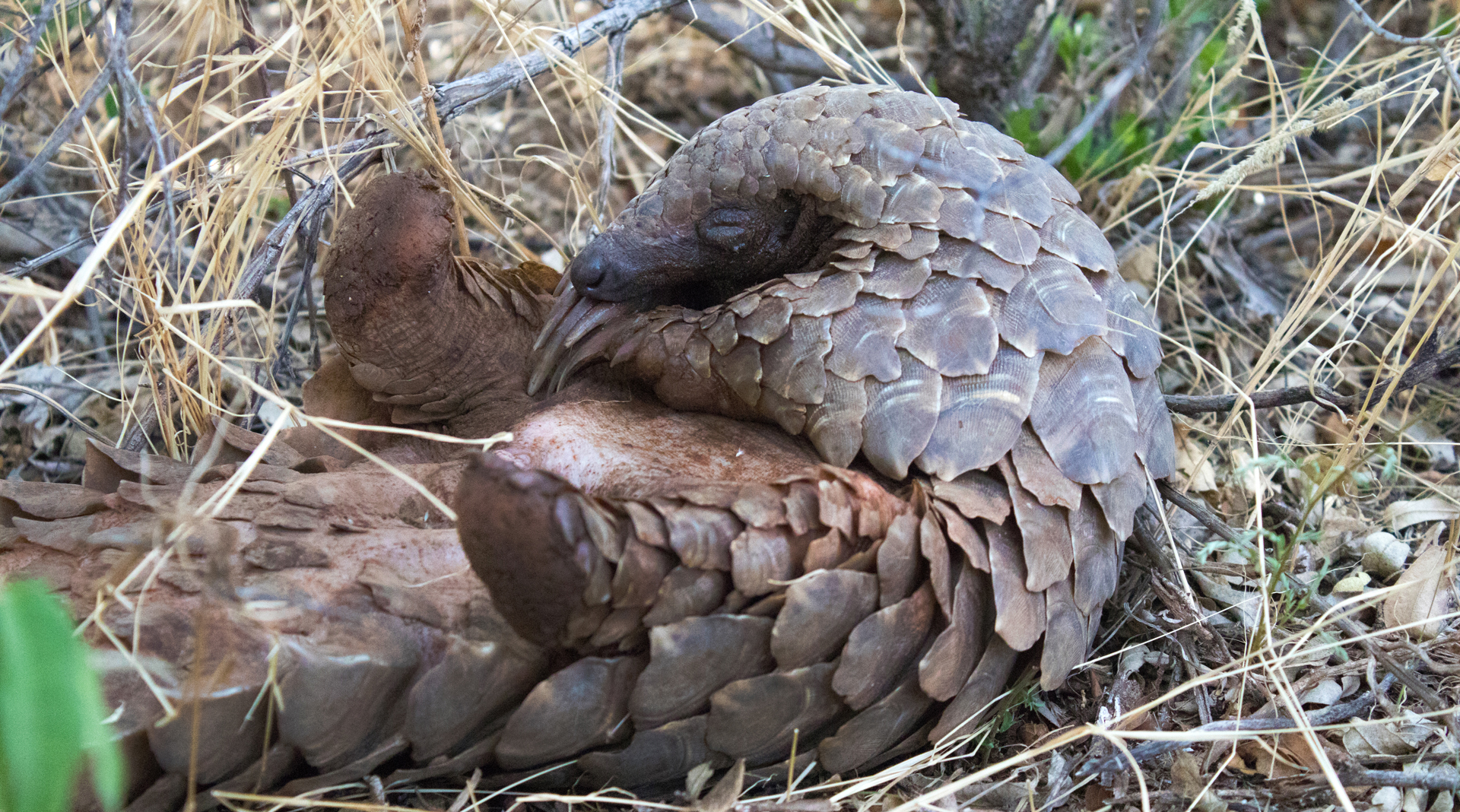
ABOUT the Rare & Endangered Species Trust

The Rare & Endangered Species Trust is located on a 300-hectare piece of land east of Outjo in northern Namibia.
It is a non-profit organisation, and their mission is to initiate and support the scientific and practical study of rare and endangered species in Namibia and to help develop and facilitate solutions to conservation problems among these species at community, national and international level.
How you can help
REST relies on donations, both big and small, to help keep the centre running and providing medicine and food for the wild animals in need of care. They are always thankful for any monetary donations, and currently, their greatest need is proper perimeter fencing – at 30US$ per metre – to help keep poachers off the property. Visit their donation page and sponsor page for more information.

ABOUT THE AUTHOR, THEA FELMORE
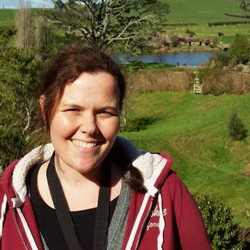 As a former field guide and teacher, Thea has combined her passion for the English language and love of African wildlife, travel and culture in her previous work as Africa Geographic editor. When not in front of the screen she makes time to get out and explore the beautiful Cape Town countryside in search for her favourite reptile species (and other fascinating creatures, of course).
As a former field guide and teacher, Thea has combined her passion for the English language and love of African wildlife, travel and culture in her previous work as Africa Geographic editor. When not in front of the screen she makes time to get out and explore the beautiful Cape Town countryside in search for her favourite reptile species (and other fascinating creatures, of course).
ALSO IN THIS WEEK’S ISSUE
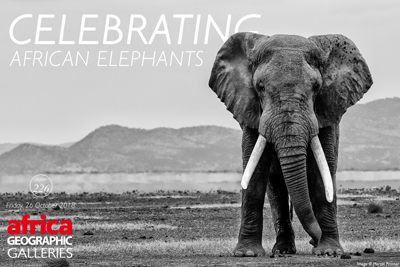
Celebrating African Elephants Gallery
The African elephant is one of the most easily recognisable animals in the whole wide world. They once roamed across most of the continent from the northern Mediterranean coast to the southern tip, but are now confined to a much smaller range in eastern and southern Africa, with the highest densities found in Botswana, Tanzania, Zimbabwe, Kenya, Zambia and South Africa. For many people, elephants epitomise an African safari. Their big stature, tactical trunks, and human-like qualities make them a point of interest for both avid and novice safari-goers alike.
To comment on this story: Login (or sign up) to our app here - it's a troll-free safe place 🙂.![]()






